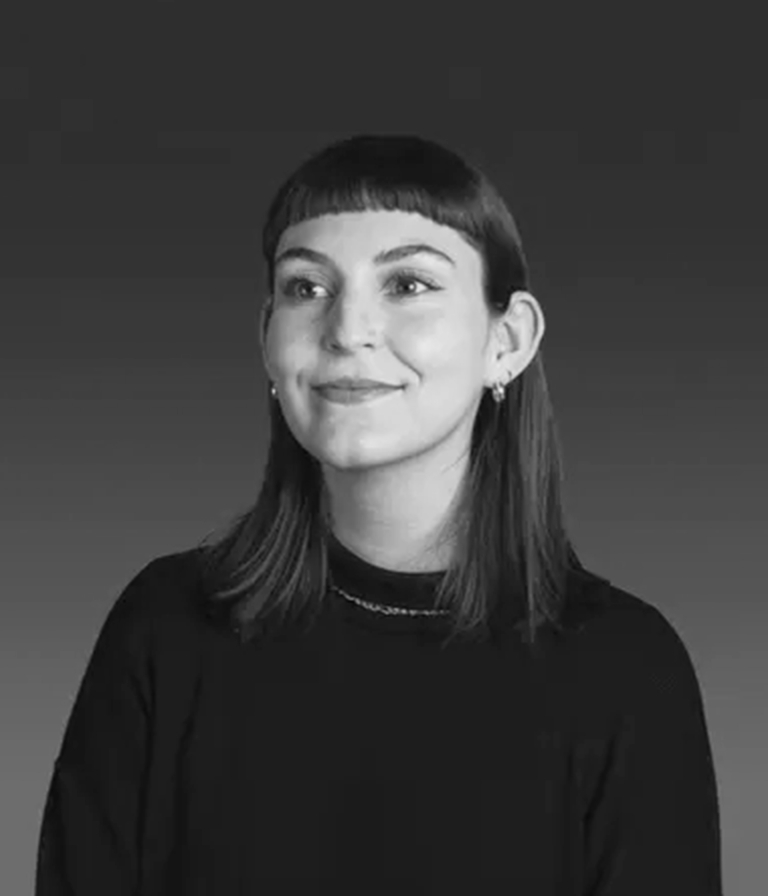Syllabus⇝
Why use AI in your art at all? An opportunity to make a personal artist statement about your AI use aligned with your views and values.
Creative Manifesto invites students to explore their personal and ethical position toward artificial intelligence through the lens of the manifesto — a hybrid form that merges theory, art, and declaration. Across four sessions, students will critically analyze cultural manifestos, reflect on their relationship with technology, and produce a personal or collective statement articulating their creative boundaries, hopes, and red lines regarding AI.
The course aims to guide students through a critical and creative exploration of their personal relationship with artificial intelligence, culminating in the production of a manifesto. Through theoretical overview, reflective inquiry, and experimental practice, students will articulate their individual vision / ethical boundaries / creative principles regarding the role of AI in their work and in society. The manifesto becomes both a declaration of intent and a tool for self-positioning within the evolving landscape of human–machine creativity.
Learning Objectives⇝
By the end of this course, students will be able to:
- Understand the manifesto as a political and artistic tool.
- Analyze how AI reshapes authorship, creativity, and responsibility.
- Articulate a personal framework for using AI in creative practice based on questions such as:
- What kind of intelligence do I believe AI represents?
- How does AI change my understanding of authorship and originality?
- What values must guide my creative use of AI?
- What part of my identity do I project into the machine?
- When does AI empower me — and when does it silence me?
- What red lines, responsibilities, or unknowns will I accept in creative collaboration with AI?
- Present and defend their stance through a performative, written, or visual manifesto.
- Engage in reflective dialogue on technology, responsibility, and imagination. 6. Exhibit the ability to merge theoretical insight with creative experimentation.
Schedule⇝
Introduce the manifesto as a form of radical self-definition; explore historical and contemporary manifestos that address technology, ethics, and creativity.
Main Ideas
The manifesto: history, tone, and function. Technology, authorship, and creative resistance. AI as a new creative and ethical frontier.
Activities
Group analysis of 2–3 manifestos: tone, intent, moral stance. Discussion: What makes a manifesto powerful? Reflective writing prompt: “If I were to write a manifesto about AI, what would it defend or reject?”
Help students uncover their personal beliefs, emotions, and tensions about AI and creativity.
Main Ideas
The relevance of a “position statement” draft expressing a personal stance toward AI.
Activities
Students create a visual map of their relationship with AI: fears, hopes, limits, opportunities. Begin a short mini-manifesto (3–5 sentences).
Transform personal reflections into creative, rhetorically strong manifestos.
Main Ideas
Tone exploration(rebellion, irony, care, refusal), format and definition of red lines and tolerated unknowns.
Activities
Expand the mini-manifesto into a full one-page text or multimedia concept. First draft of the Creative Manifesto (textual or hybrid).
Share, debate, and critique personal manifestos; identify common ethical threads in the class.
Activities
Each student presents their piece (reading, performance, video, or installation).
After the session
Delivery of Manifesto (with contextual commen, if needed) Delivery of written reflection (300 words max): “What changed in my vision of AI through this process?”
Basic Terminology⇝
This names and concepts will be discussed during the course:
Manifesto
A creative and political declaration of intent. It demands presence and action — a commitment to make one’s position visible and accountable.
Postmodernity
Digested by Marina Garcés. A condition of exhaustion and disbelief following modernity’s failed promises of progress and reason.
Free Labor
Coined by Tiziana Terranova. Unpaid and invisible human work sustaining digital economies, such as data labeling or creative content used to train AI models.
Authorship
The evolving concept of who—or what—creates meaning.
Agency
The capacity to act, choose, or intervene meaningfully. Understanding agency means identifying where control ends and response begins.
Response-ability
A term drawn from Donna Haraway’s ethics of care — the ability to respond rather than retreat. It means acknowledging interdependence and accepting responsibility in the face of complexity, uncertainty, or technological mediation.
Deliverables⇝
Each student will produce a Creative Manifesto — a personal or collective statement that synthesizes critical understanding, ethical stance, and artistic imagination toward AI. This manifesto may take one or more of the following forms:
- A written text (prose, poetic, or declarative).
- A visual or hybrid artifact (poster, installation, video, or digital interface).
Each manifesto must:
- Express a clear position toward the use of AI in creative contexts.
- Reflect on personal values, boundaries, and red lines concerning AI collaboration.
- Demonstrate awareness of historical and contemporary manifestos as rhetorical and artistic tools.
- Reveal a unique voice and sense of authorship, even when co-created with AI.
The manifesto serves as both a final creative work and a mirror of self-awareness — a personal code of practice for navigating the creative and ethical unknowns introduced by artificial intelligence.
Grading Method⇝
Grading criteria will be defined by faculty during the module.
European Credit Transfer and Accumulation System (ECTS)
2 ECTS
Additional Resources⇝
- The Mentor. (1986). 'The hacker manifesto'. Phrack Magazine, 7(51). https://www.mithril.com/~beberg/manifesto.html
- Le Guin, U. K. (1986). 'The carrier bag theory of fiction'. In Women of vision: Essays by women writing science fiction (pp. 27–36). St. Martin’s Press.
- Marinetti, F. T. (1909). 'The futurist manifesto'. Le Figaro. Kaczynski, T. (1995). Industrial society and its future. The Washington Post.
- Zylinska, J. (2020). 'AI art: Machine visions and warped dreams'. Open Humanities Press.
- Crawford, K. (2021). 'Atlas of AI: Power, politics, and the planetary costs of artificial intelligence'. Yale University Press.
- Terranova, T. (2000). 'Free labor: Producing culture for the digital economy'. Social Text, 18(2), 33–58. https://doi.org/10.1215/01642472-18-2_63-33
Faculty⇝

Marta Handenawer
Creative director and experience designer
Creative director and experience designer based in Barcelona. With a degree in Product Design and Industrial Engineering from Elisava, her work combines transmedia narratives, social interaction and art. She currently heads the creative department at Domestic Data Streamers, where she proposes storytelling alternatives and analyzes how people relate to information.
Much of his work focuses on thinking about the intersection between the challenges of the digital world and the physical world. In recent years she has worked with brands and institutions such as Google Arts & Culture, TED Talks, Nike, CCCB, Oxfam, Unicef, the Barcelona Design Museum and the National Museum of Estonia. Marta is also a professor at IACC (Institute of Advanced Architecture of Catalonia) and Elisava, where she directs the Master in AI Design.
